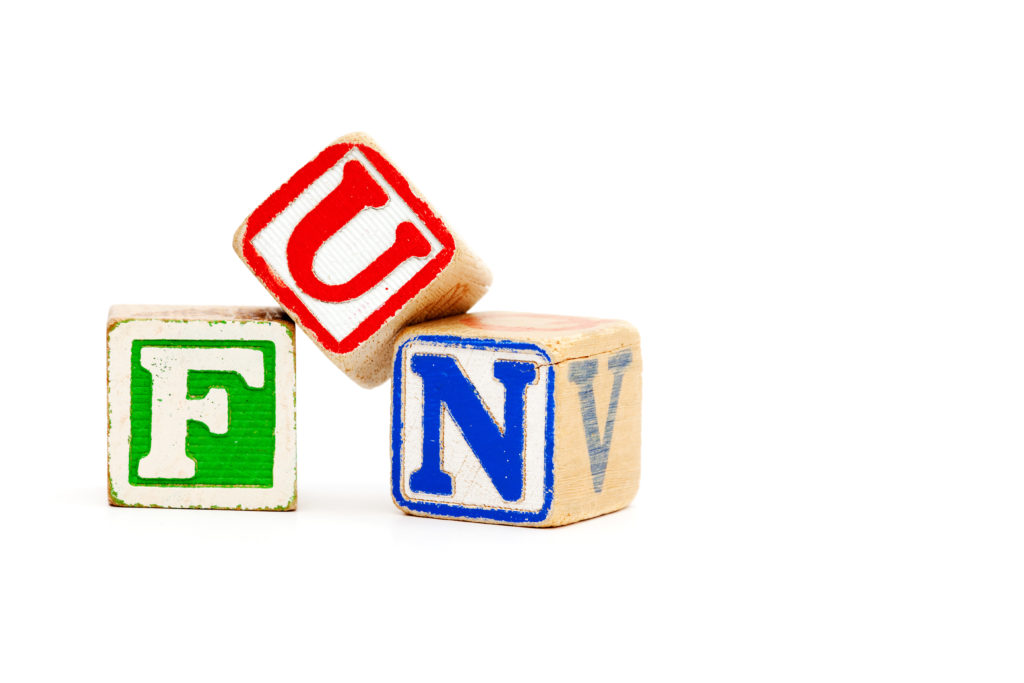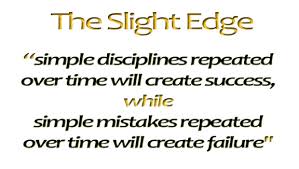Don’t Let Success Lead You to Fail
So, how are your sales going? It’s the middle of the month and time to evaluate how sales are progressing. Are you close to filling those units you set out to fill this month? No doubt if you are behind your sales indicators, you are going to be even more focused on selling over the next two weeks. And if you are right on track, you are going to keep on doing what you’re doing in the hopes that you STAY on track and meet your sales goals. What if you are ahead of your indicators? Time to sit back and rest on your accomplishments so far? Don’t do it!
If you have read “Go for No” by Richard Fenton and Andrea Waltz, you know that now is the time to really kick it into gear! Why, you may ask, would I work harder NOW that I am ahead of my goals? Because as hard to believe as it may seem, that confidence in what you have done the first two weeks of the month could be what keeps you from reaching those goals and filling those units at the end of the month. You relax your demeanor, you don’t focus quite as hard on closing the deal because you have plenty of time…or do you?
And if you are getting more “no’s” than you can stand, you are on the right track! How you may ask? Because with each “no” you are getting closer to your “yes”.
If you are an administrator, sales manager or sales person, we recommend you get a copy of “Go for No” and see how this theory can help your sales department perform above and beyond. And MDS can evaluate your marketing strategy and make sure you have the sharpest marketing program around to bring all your potential residents into your community and to the desk of your sales department.
















